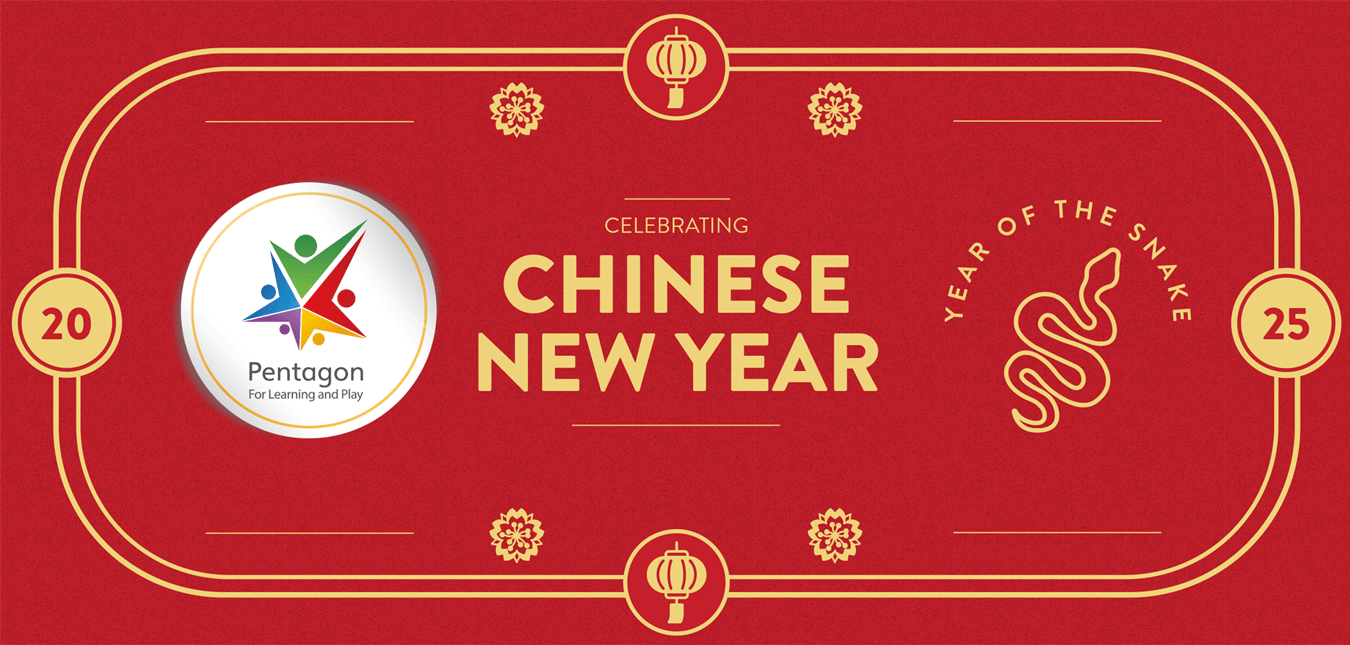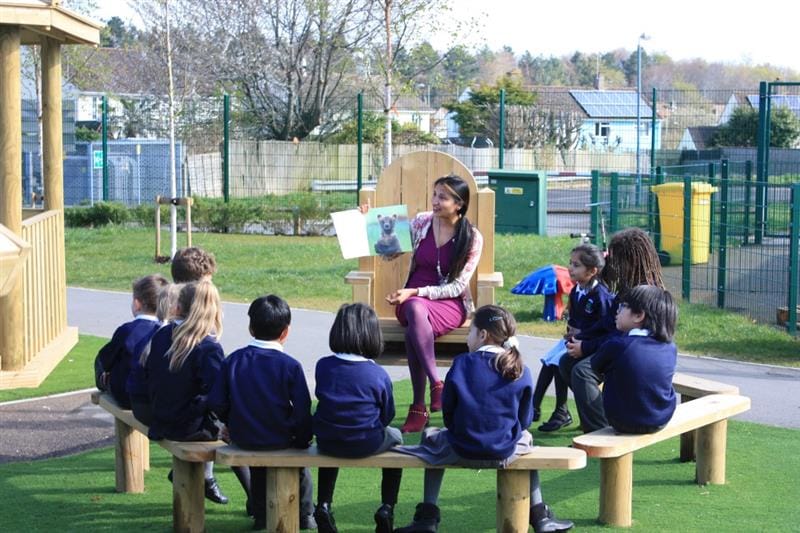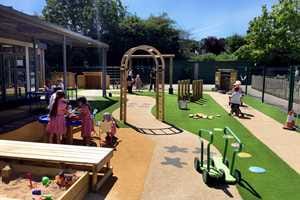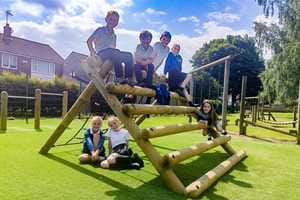
Lesson Ideas and Activities
Teaching Your Pupils All About Chinese New Year in School
Fun Facts about Chinese New Year
Chinese New Year 2025 falls on Wednesday 29th January and will last until Wednesday 12th February. This year is the Year of the Snake.
Chinese New Year is a festival that celebrates the beginning of the New Year on the traditional lunisolar Chinese calendar. In China, this festival is commonly referred to as the Spring Festival, as the spring season in the lunisolar calendar traditionally starts with lichun, the first of twenty-four solar terms which the festival celebrates around the time of Chinese New Year.
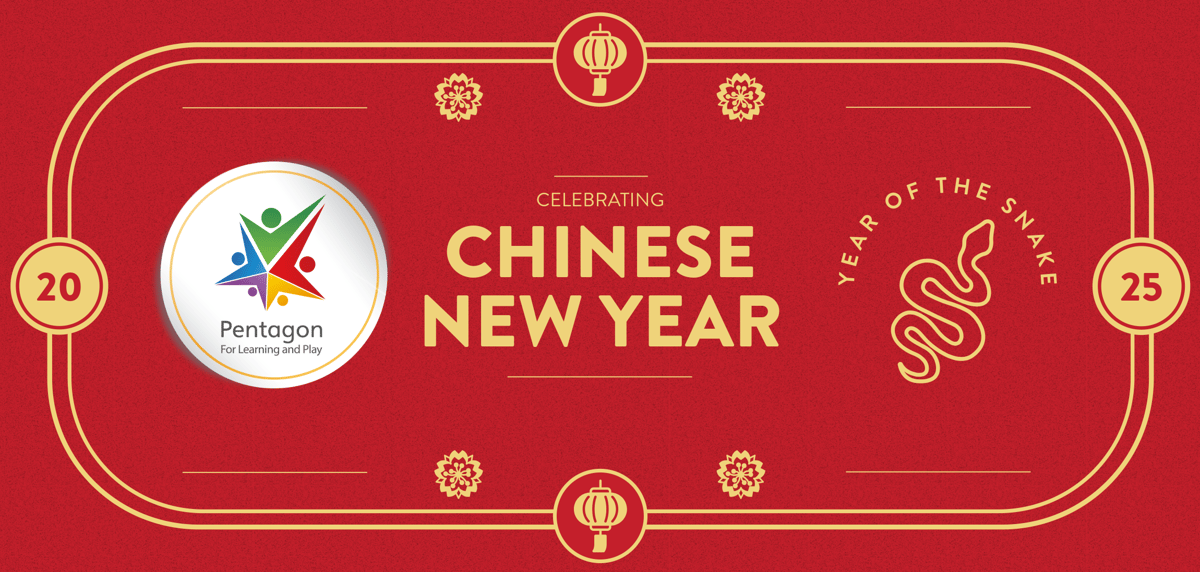
It marks the end of winter and the beginning of spring. Celebrations start on Chinese New Year’s Eve, (the rising of the second new moon after the winter solstice – 21st December) and end with the Lantern Festival (which marks the full moon), which is celebrated on the 15th day of the year.
Most of the celebrations will be held on New Year's Eve and New Year's Day. The celebrations are meant to usher out the old year and bring luck and prosperity to the new one.
Celebrations last for 15 days from the first day of the Chinese New Year starting on the new moon that appears between the 21st of January and the 20th of February.
How is Chinese New Year Celebrated?
Chinese New Year is a time for family reunions, feasting, and celebrating the arrival of the new year. It is marked by various customs and traditions that have been passed down through generations.
Celebrations begin with the “reunion dinner” on New Year’s Eve, where families join and enjoy a festive and elaborate feast. This is the most important meal of all the festivities. This is where you will usually find a list of lucky and traditional food which usually consists of specialty meats or seafood (like lobster or shellfish), chicken, dumplings, noodles, and of course tofu – which traditionally symbolises fortune and happiness for all the family. For the “reunion dinner,” it is traditional to have a large buffet-style table of food, where the seating has been arranged by the elders of the family.
A common tradition for Chinese New Year is to clean and decorate your houses and streets with red decorations, symbolising good luck and fortune. Fireworks and firecrackers are set off to ward off evil spirits and bring good luck. This festival is also marked by the famous dragon and lion dances, which are performed in the streets to the beat of drums and cymbals.
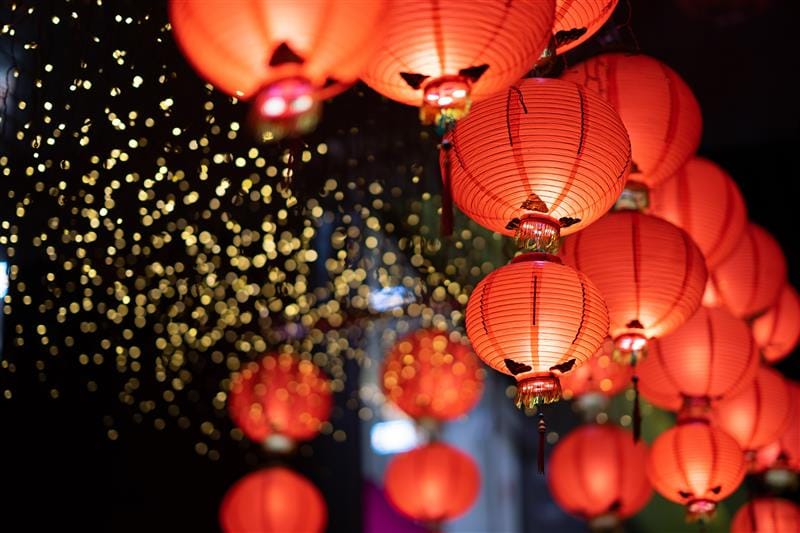
Another important tradition on New Year's Day is families will visit temples to worship the gods and to welcome in the New Year. Everyone is given new clothes to wear especially red ones, which are believed to be the colour of good luck. The giving of red envelopes filled with money to unmarried adults and children is a custom, as well as placing sweets under children’s pillows. This is thought to bring good luck and fortunes in the coming years. Most families will gather to enjoy a New Year's banquet.
The festival ends with the Lantern Festival, which is celebrated on the 15th day of the lunar calendar. People light lanterns and hang them outside their homes, creating a beautiful and colourful display.
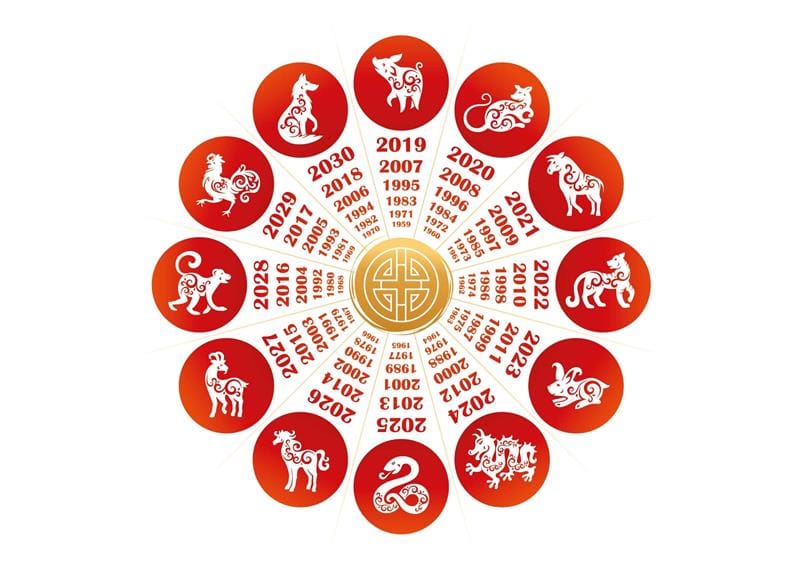
Each year is associated with one of the 12 animals in the Chinese zodiac. 2025 is the Year of the Snake. It is the sixth sign in the 12-year cycle of the Chinese zodiac. The snake symbolises wisdom, happiness, and good luck in Chinese culture.
How Can You Teach Children About Chinese New Year?
Teaching Chinese New Year can easily be done within a school setting through the topic of the term such as “Around the World”. Learning about different countries and their key festivals and encouraging fun and engaging cross-curricular lessons! Let’s look at some Chinese New Year teaching ideas for schools to incorporate…
Cross-Curricular Learning About Traditional Chinese New Year Stories and Traditions
- English and Religious Education Activities.
- Traditional Tales – Story Maps, Small World Play, and Role Play.
- Cultural Beliefs and Traditions.
- Chinese New Year Teaching Resources:
- Story “Legend of Monster Nian” or “The Great Race”
- YouTube videos of the above stories
- Pentagon Play Storytelling Circle with Perch Benches
- Monster Costume
- Red tissue paper streamers
- Red Balloons
- Percussion instruments
- Party Poppers
- Pentagon Play Chalkboard and Whiteboards
- Chalk
- Pentagon Play Playhouses
- Pentagon Play Small World Nesting Tables
- Dressing up costumes: Monster, Animals, Kings etc
- Toy Animals
Traditional Tales
Set the scene by using Pentagon Play’s Storytelling Circle with Perch Benches, red tissue paper streamers, red balloons, and percussion instruments positioned around the Storytelling Circle.
Read (and show videos on YouTube, there are many!) the children a traditional Chinese New Year story such as the “Legend of Monster Nian” or “The Great Race”. Children love stories and can follow storylines and themes, relating them to their everyday lives and their family festivals.
.jpg)
To make the stories even more enthralling ask your Teaching Assistant (TA) to dress up as a monster or the Jade King and hide not too far away from the Storytelling Circle!
Ask the children questions related to the monster or Jade King. For instance, if you have read the story of the Legend of Monster Nian you could ask questions such as: Do you think there is a monster in school? Can you hear it? Get the TA to make growling noises!
Ask the children how the villagers scared off the monster (by making lots of noise and holding red items.) Make a signal for the monster (TA) to appear and let the children ward off the monster using the red streamers, balloons, and percussion instruments!
See the fun and excitement as all the children get involved! Once the monster has been chased away – hand each child a party popper and let them pop it! Explaining that they have chased away the old year and have welcomed in the new year! Then say KUNG HEI FAT CHOI! Happy New Year!
Story Mapping and Reciting
Leading on from this lesson children will be able to tell their own stories of the Legend of Monster Nian or The Great Race through story mapping and recitals.
A wonderful way to get children to draw their story maps would be by using one of Pentagon Play’s Chalkboard and Whiteboard Ranges, particularly our Performance Stage with Chalkboard, allowing children to story map and recite individually or in groups in a fun and engaging manner.
By encouraging children to develop their own stories and perform them they are enhancing their learning development, creativity, self-esteem, and social and linguistic skills.
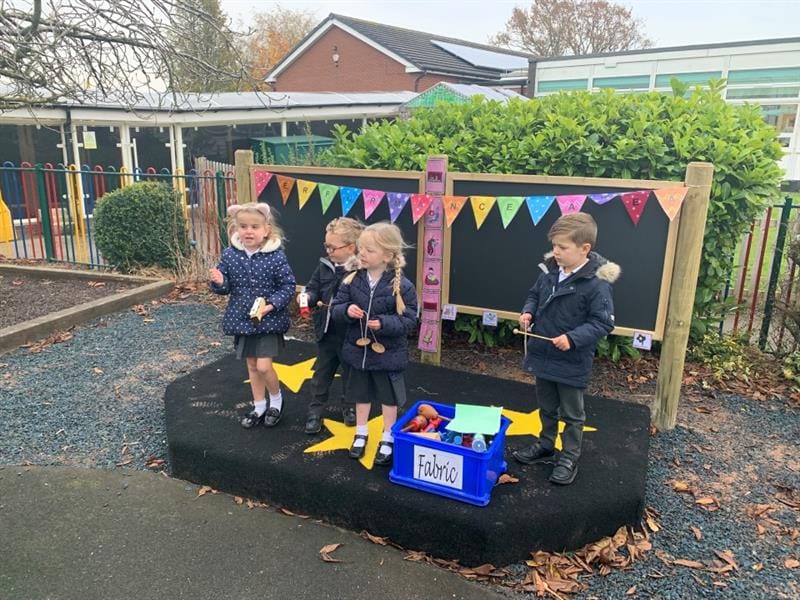
Role Play and Small World Play
Other activities linked to the stories are small-world play and role play where the children can reenact the stories and become monsters, villagers, old women, and men, villagers or dragons, rats, horses, rabbits, and Jade Kings! Wonderful resources that can be used in conjunction with each other are Pentagon Play’s Playhouses.
Encouraging storytelling and imaginative role play in the Playhouses and small world play on nesting tables where fluid movement from one resource to the other can happen simultaneously.
.jpg)
This will help develop children’s personal, social, and emotional development as they chat through their ideas and movements, inviting their peers to join in with their role play and small world games.
At the same time, the children can use the in-build Chalkboard at the back of the Playhouses to note down their thoughts, and stories, and play with toy animals in the nesting tables, improving their fine motor skills and imagination!
Religious Education Activities – Traditions and Cultural Beliefs
Seat all the children back down and talk about all the traditions associated with Chinese New Year: Cleaning houses, red decorations, music in the streets, fireworks and firecrackers, paper lanterns, food, and family meals.
Children can learn about the cultural and religious beliefs of Chinese New Year compared to other different cultures in our community drawing on their own experiences and the stories read in class. Developing their thought processes by comparing similarities and differences between life in the UK and life in other countries.
Cross-Curricular Learning About the Year of the Snake
- English, Art and Design, Physical Education, Music, Religious Education, and Maths.
- Traditional Tales
- Measuring and Estimating
- Making A Snake Mask
- Creating a Snake Dance
- English and Religious Education Activity – Traditional Tales
- Chinese New Year Teaching Resources
- Story “Lady White Snake: A Tale From Chinese Opera”
As it is the Year of the Snake, try to read other traditional snake stories such as "Lady White Snake: A Tale From Chinese Opera" by Aaron Shepard to the children, which links nicely with “The Great Race”.
Once you've read the story, take the opportunity to explain to your class why the snake is so important in Chinese New Year and how it represents a variety of positive traits.
Why stop there? As the snake also represents transformation, ask your children what new skill they would like to learn and come up with a fun and engaging plan to help your children achieve their goal.
Even though there isn't an official dance for the snake, this doesn't mean you can't create one! Take some time to choreograph a special dance to pay tribute to the Year of the Snake by integrating moves that are stealthy, precise and quick.
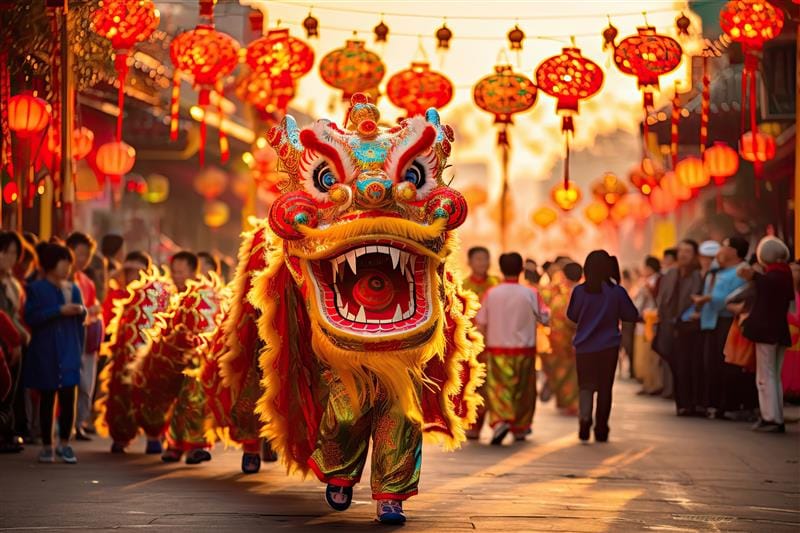
During art, task your children to make a model of a snake by only using objects that are the colour blue. In Chinese Culture, each zodiac sign has a lucky colour attached to it and blue is the lucky colour of the snake.
For older children, you could make the task more challenging by only allowing them to use wood to construct their snake. Alongside each year having an animal, the Chinese Culture also believes that each year is defined by an elemental quality to, with 2025 being wood (which has the lucky colour of blue)!
Measuring the Biggest Snakes
Snakes are well known for growing to ridiculous sizes, with the largest snake alive being 30 feet long! Incorporate this amazing fact by creating a lesson around measuring and mathematics.
To carry out this activity, all you'll need is:
- Meter Rulers
- Pentagon Play Long Jump Playground Marking
Let the children know about how snakes can grow to a variety of different sizes. Start by telling the children the size of small snakes and get them to measure out the length by using meter rulers.
As the snakes get bigger, ask your class to try and think of other animals/objects that are a similar size. Not only will this help them strengthen their knowledge on sizing, but it'll also introduce them to new and exciting creatures and objects.
Use the list below to start your lesson. You could even ask your class how many smaller snakes could fit into a bigger snake to improve multiplication/division:
- Small-Eyed Snake - 0.5m in length
- Sea Snake - 1m in length
- Mulga Snake - 2m in length
- Green Anaconda - 5m in length
- Reticulated Python - 10m in length
A great resource to use to help the children estimate and visually see lengths is the Pentagon Play Long Jump Marking as it has measurements up to 2.5 meters for children to see and visualise!
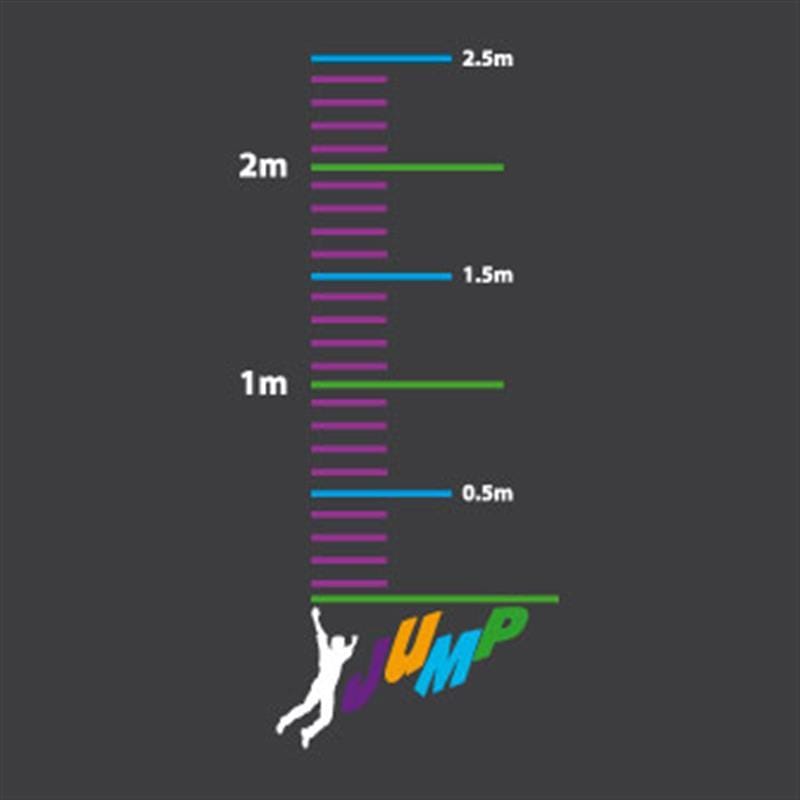
Ask the children to estimate how many children laid down would make 2 meters? Get the children to lie on the ground to see if they are correct for the 2 meter snake.
See if they can estimate the 10 meter snake using their knowledge of how many children were in the 2 meter snake. If they can do it – can they estimate from 10 meters to 100 meters and 1,000 meters?
Art and Design Activity - Make a Snake Mask!
Tell the children that they will be making a snake mask in small groups and using it to perform a snake dance! Below is a great arts and crafts lesson for helping your children create an amazing snake mask.
Materials Needed:
- Paper plate
- Green tissue paper
- Red paper
- Black marker
- Scissors
- PVA glue
- Masking tape
- String
Instructions:
- Prepare the Plate
- Draw eye holes on the paper plate
- Sketch snake scales around the eyes using small round bubbles
- Draw small black triangle nostrils
- Create a vertical mouth line with bubbly details
- Create the Mask
- Cut out the eye holes
- Cover the plate with diluted PVA glue
- Layer green tissue paper over the plate
- Let it dry for about an hour
- Add Snake Details
- Trim excess tissue paper
- Cut the bottom of the plate into a point
- Create a slight fold to give a cobra-like shape
- Cut a small mouth slit
- Final Touches
- Make a forked red paper tongue by curling it with scissors
- Attach the tongue with masking tape
- Create paper fangs from leftover plate pieces
- Add string to the sides for wearing
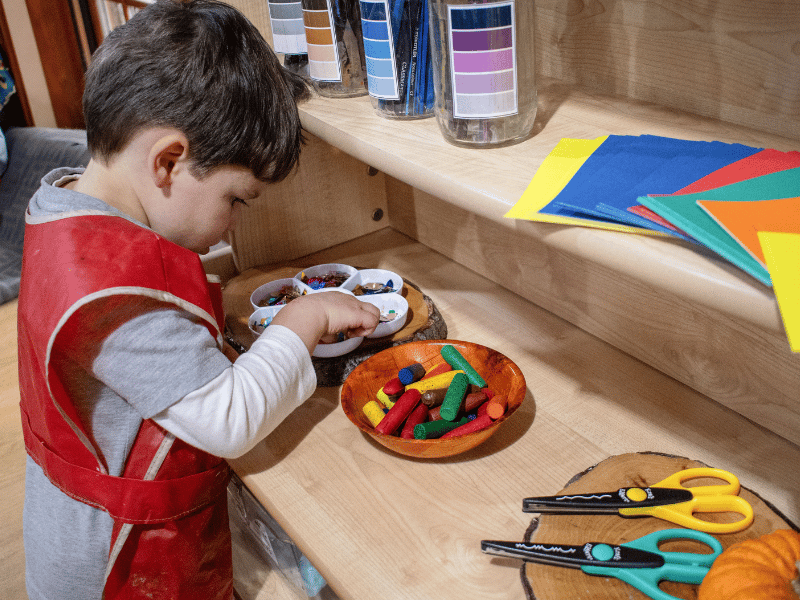
Once you're class have finished, encourage your pupils to showcase their creations between each other by presenting them in front of the class and explaining their design.
Dance and Music - Snake Dance
Once the snake heads have been made another fun activity for the children is to use their heads to create a snake dance! To create a truly authentic Chinese New Year dance, you'll need
- Snake mask
- YouTube snake dance video
- A drum
- Cymbals
- Pentagon Play Music Pack
Before you and your class begins choreographing an exciting snake dance, you should first show your pupils examples of dances inspired by the snake. Simply type in snake inspired dances and watch a few to get inspiration.
Once the children have finished watching the dances, ask them what they noticed. Did they notice slow and stealthy movements? Was there any rapid dance moves to change the pace? Did the dancers stay low?
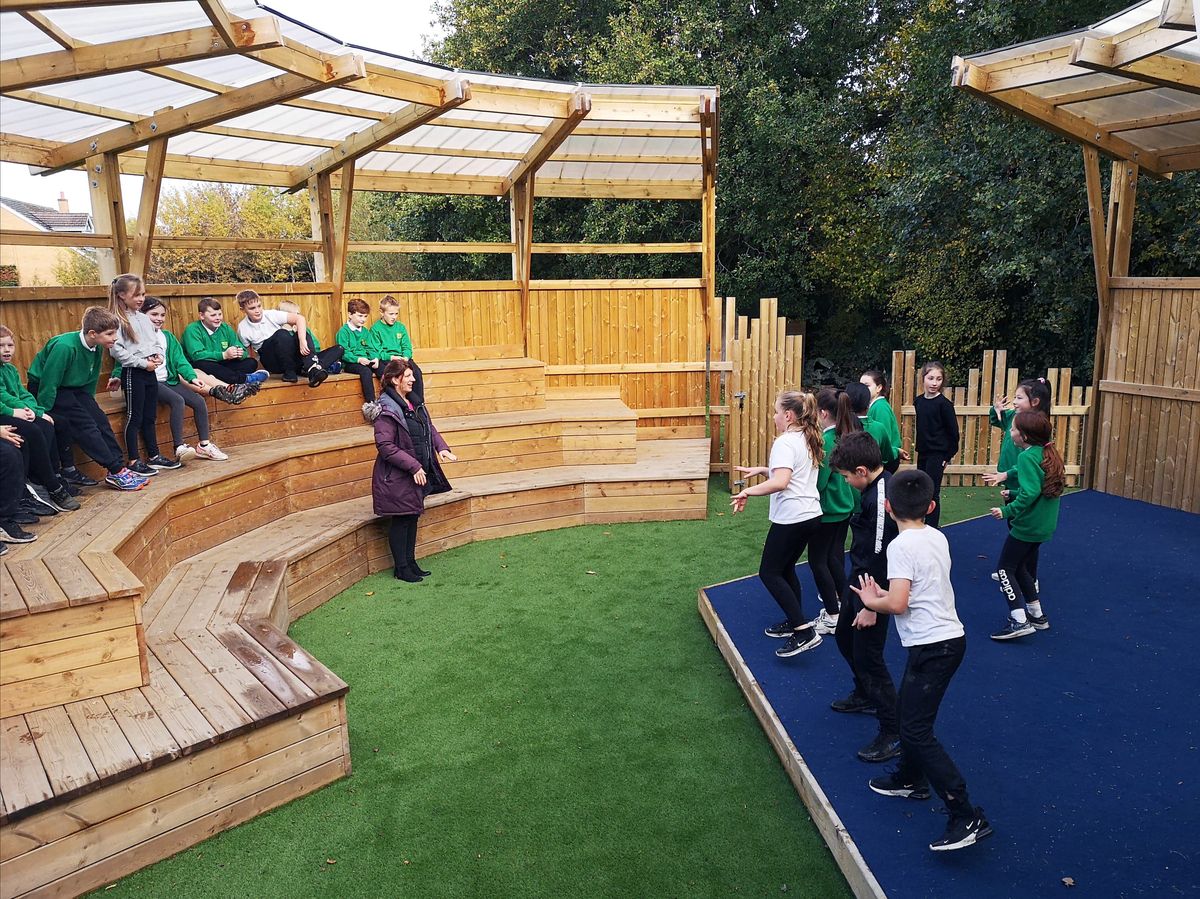
Next, start asking your class to name their favourite snake-like dance moves and start adding them to the snake choreography. A great tip is to keep the dance smooth and simple, try to avoid any complex moves that goes against the nature of a snake.
If individual dancing isn't working, why not split the class into groups and make each group form a snake. In the snake shapes, have the children move left and right to mimic a slither. The child at the front can be the head of the snake and can focus on directing the movement of the snake.
Once the class knows how to carry out the dance, take the group to the playground and start introducing more elements to enhance the dance.
This is where things get fun. Any children who don't want to dance can still take part in the festivities by acting as the music makers. A great resource to get a group of children involved in beating the rhythm is Pentagon Play's Music Pack. Where children can use the Drum Seats, Tongue Drum, and Freestanding Chimes to create the rhythmic beats for the snakes to follow.
Can the children create fast, slow, loud, and soft beats?
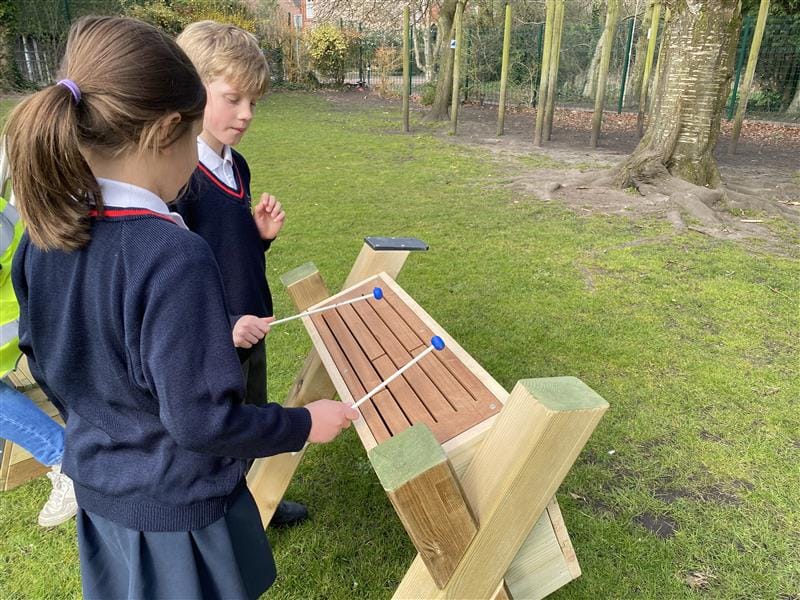
Ask the children to move to the beat of the instruments using the whole space. Using up, down, along, and through movements. Pentagon Play’s Activity Trail Markings or Number Snake would be a perfect resource to aid children in following each other in different directions and motions.
Can they perform their snake dance to the class?
Celebrating the 2025 Chinese New Year
Above are great examples of fun and engaging cross-curricular Chinese New Year teaching ideas, but here are a few quick activities that can be set up easily for children to do as free-flowing activities throughout the day:
- Making animal masks
- Making fortune cookies
- Making lanterns
- Chinese writing/symbols in the sand using Pentagon Play’s Sand Table.
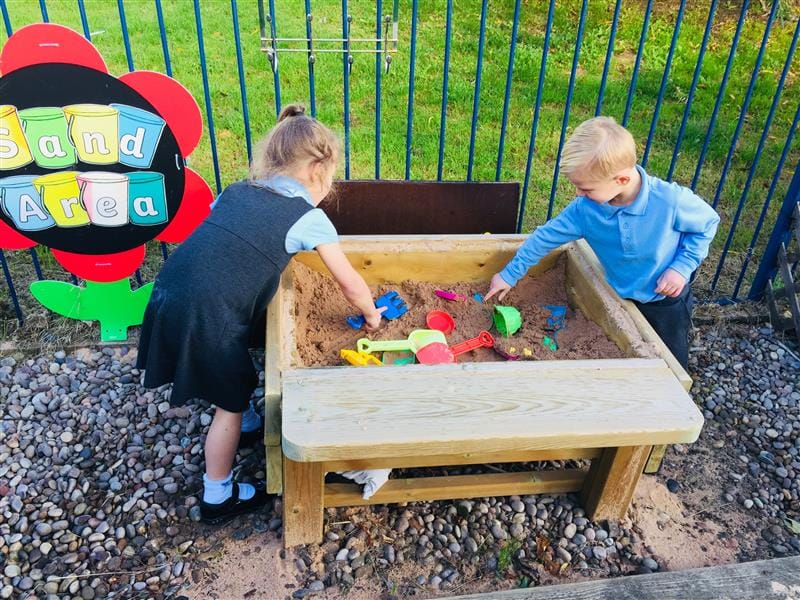
Making red envelopes and challenging children to place a plastic coin into it using chopsticks! Who has the most/least money?
Children can easily go from one station to another using the Chinese New Year teaching resources having fun and engaging in the activities provided.
For more information on Pentagon Play's products Contact one of our team on 01625 890 330 or email [email protected] where one of our expert advisers will be happy to help!
